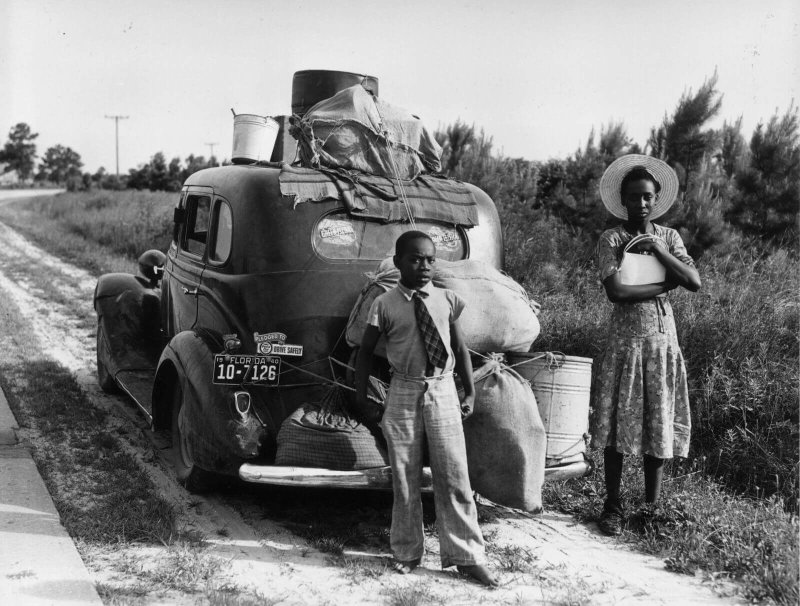Focusing on the genomes of 32,589 participants who’d provided a postal code, the team compared single-nucleotide polymorphisms (SNPs) in those genomes with the SNPs present in reference genomes curated by the 1000 Genomes Project, a UK-based initiative that compiled genomic data on 2,504 people representing 26 populations worldwide.
As Dai and his colleagues had predicted, genetic relatedness turned out to correlate with geography, although the drivers of that relationship seemed to vary among demographic groups. Among African-Americans, for example, there was broad genetic relatedness among people living along the East Coast, from Florida to Maine, indicating frequent migration within that area. But the researchers also found evidence of reduced migration through certain regions. Overall, the authors write, the patterns they found are consistent with movement trends during the Great Migration of the early- to mid-20th century, in which millions of African-Americans left the South for cities in other areas of the country.































